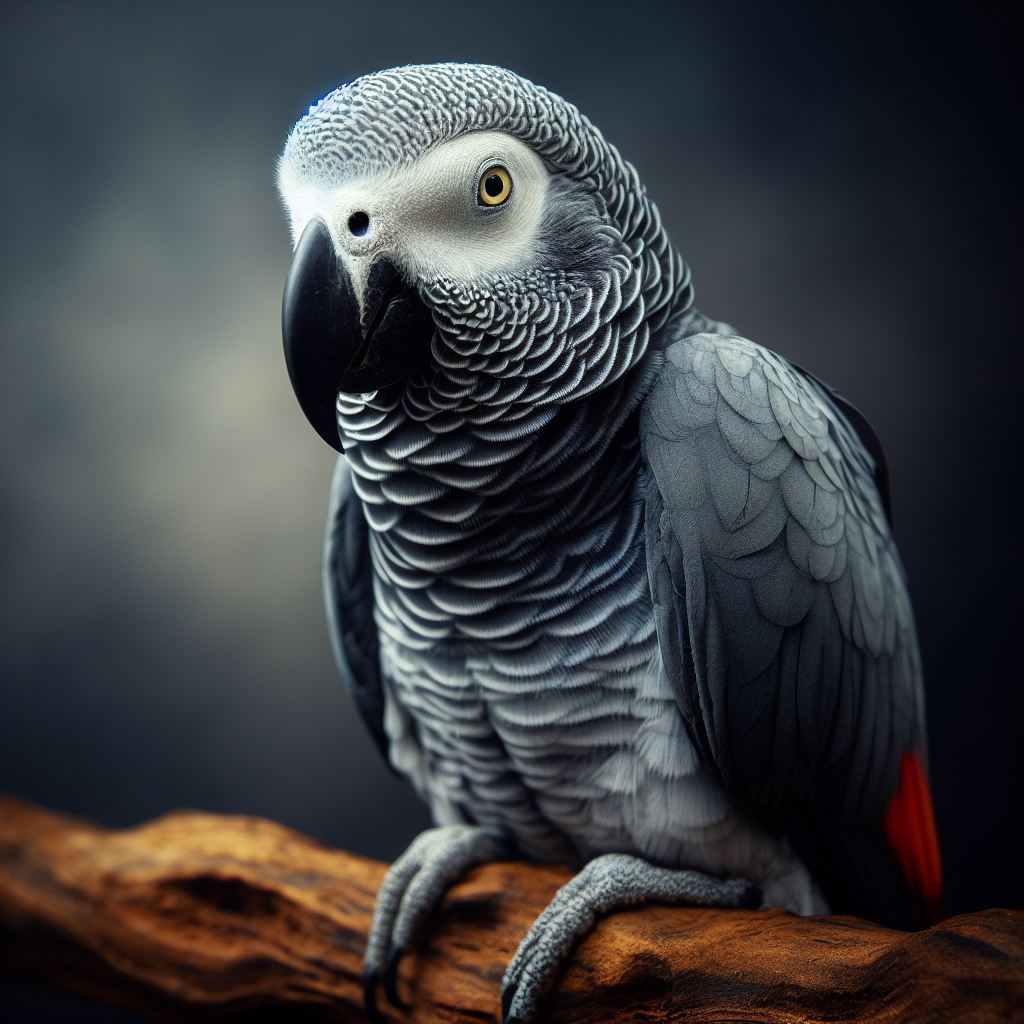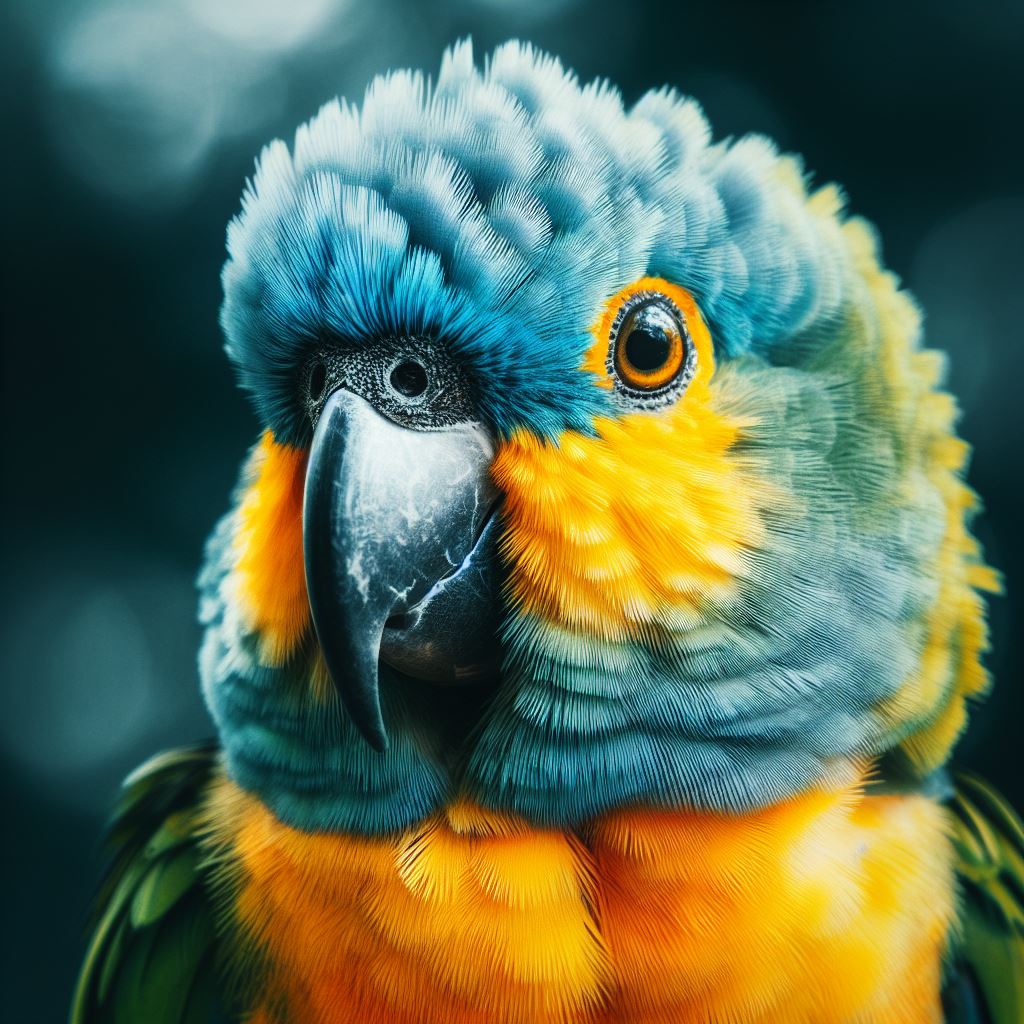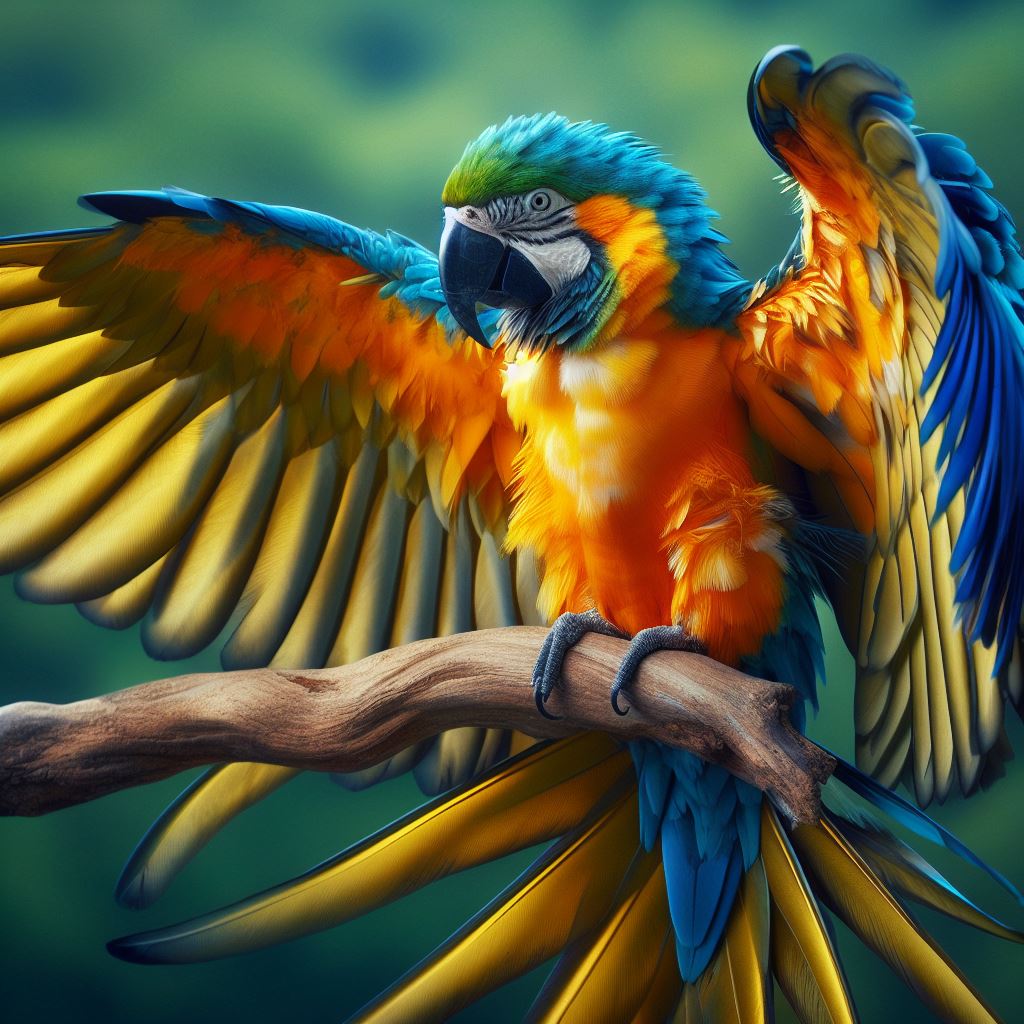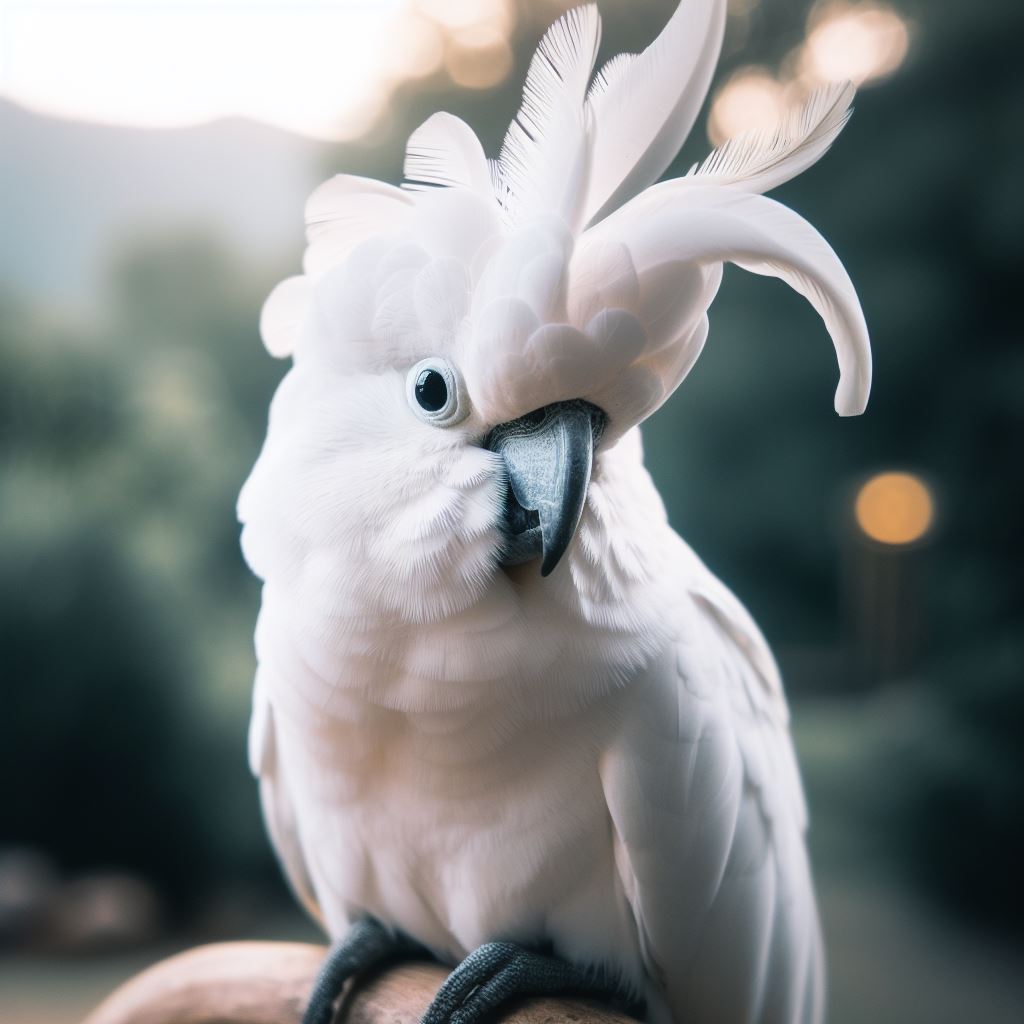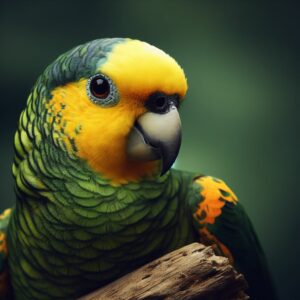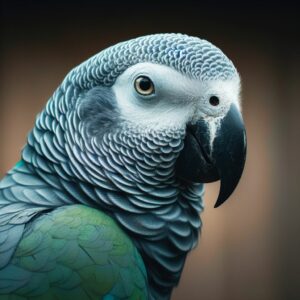As a bird enthusiast and owner, I have always been fascinated by the African Grey Parrot. These magnificent creatures are known for their exceptional intelligence, striking appearance, and unique abilities to mimic human speech. But one aspect that often goes overlooked is their lifespan. Understanding the African Grey Parrot’s lifespan is crucial for providing them with the care and attention they need to live a long and happy life. In this article, we will delve into the various factors that influence their lifespan, the importance of their conservation, and tips for ensuring their well-being.
Lifespan of the African Grey Parrot
The African Grey Parrot has one of the longest lifespans among parrot species, often reaching up to 50 years or more. In some cases, they have been known to live well into their 70s. This impressive lifespan is a testament to their robust nature, intelligence, and adaptability. However, it is essential to note that the lifespan can vary depending on several factors, including genetics, diet, environment, and overall care.
Factors that Influence the African Grey Parrot Lifespan
- Genetics: The genetic makeup of an African Grey Parrot plays a significant role in determining its lifespan. Some birds may have inherited health conditions or predispositions that can impact their longevity. It is crucial to obtain parrots from reputable breeders who prioritize genetic diversity and health.
- Diet: Proper nutrition is vital for the overall health and longevity of African Grey Parrots. Their diet should consist of a variety of fresh fruits, vegetables, nuts, and high-quality pellets. Avoid feeding them foods that are high in sugar, salt, or unhealthy fats, as these can lead to obesity and other health issues.
- Environment: Creating a suitable environment for your African Grey Parrot is essential. Provide them with a spacious cage, plenty of mental stimulation, and opportunities for social interaction. Ensure that the temperature and humidity levels are within their comfort range. A comfortable and enriching environment can contribute to their overall well-being and lifespan.
Understanding the Congo African Grey Parrot
One of the most popular sub-species of the African Grey Parrot is the Congo African Grey Parrot. Known for their striking red tail feathers and exceptional talking abilities, these parrots have captured the hearts of bird enthusiasts worldwide. The Congo African Grey Parrot has a similar lifespan to other African Grey Parrots, with proper care and attention being crucial for their longevity.
African Grey Parrot Intelligence and its Impact on Lifespan
The African Grey Parrot is renowned for its unparalleled intelligence. Their ability to learn words, solve puzzles, and even understand complex concepts has amazed scientists and bird enthusiasts alike. This intelligence plays a significant role in their lifespan. African Grey Parrots thrive when given mental stimulation and opportunities to engage in problem-solving activities. Enrichment toys, puzzles, and training sessions can help keep their minds sharp and prevent boredom, leading to a longer and healthier life.
African Grey Parrot Care and Health Tips for a Longer Lifespan
To ensure the longevity and well-being of your African Grey Parrot, here are some essential care and health tips:
- Regular Veterinary Check-ups: Schedule regular check-ups with an avian veterinarian to monitor their health and catch any potential issues early on.
- Proper Diet and Nutrition: Provide a well-balanced diet consisting of fresh fruits, vegetables, pellets, and occasional treats. Consult with an avian nutritionist to ensure you are meeting their specific dietary needs.
- Physical and Mental Stimulation: Engage your African Grey Parrot in regular exercise and mental stimulation activities. Offer a variety of toys, puzzles, and interactive games to keep them entertained and mentally engaged.
- Social Interaction: African Grey Parrots are highly social creatures and require regular interaction and companionship. Spend quality time with them, engage in training sessions, and consider providing them with a same-species companion if possible.
African Grey Parrots vs Grey Amazon Parrots
The African Grey Parrot (Psittacus erithacus) and various species within the Amazona genus, commonly referred to as Amazon Parrots, differ in several ways:
- Origin and Habitat:
- African Grey Parrots: Native to the rainforests of West and Central Africa.
- Amazon Parrots: Found primarily in the Americas, especially in the Amazon rainforest, Central America, and the Caribbean.
- Physical Appearance:
- African Grey Parrots: Generally have grey plumage with a distinctive red tail and an intelligent, expressive face.
- Amazon Parrots: Come in a variety of colors, depending on the species, including green, blue, yellow, and red. They often have vibrant plumage and a strong beak.
- Size:
- African Grey Parrots: Medium-sized parrots, typically around 12 to 14 inches (30 to 36 cm) in length.
- Amazon Parrots: Vary in size depending on the specific species, ranging from small to medium-large parrots.
- Intelligence and Mimicry:
- African Grey Parrots: Renowned for their exceptional intelligence, problem-solving abilities, and remarkable mimicry of human speech and other sounds.
- Amazon Parrots: Also intelligent but may not match the African Grey Parrot’s level of mimicry and cognitive abilities.
- Species Diversity:
- African Grey Parrots: There is primarily one recognized species, the African Grey Parrot (Psittacus erithacus), although there are different subspecies.
- Amazon Parrots: Belong to the Amazona genus, which comprises around 30 to 40 different species, each with its unique characteristics.
- Natural Behavior:
- African Grey Parrots: Known for their complex social behaviors, problem-solving skills, and ability to form strong bonds with humans.
- Amazon Parrots: Exhibit diverse behaviors across species, including vocalizations, playful antics, and social interactions within their flocks.
It’s important to note that within the Amazon Parrot family, there are various species, and each species may have specific traits and behaviors that distinguish them from one another.
Where to Find African Grey Parrots for Sale
If you are considering adding an African Grey Parrot to your family, it is crucial to find a reputable breeder or adopt from a reputable rescue organization. Conduct thorough research, visit the facilities, and ensure that the parrots live in a healthy and ethical environment. Avoid purchasing from pet stores or online platforms that may engage in unethical breeding practices.
African Grey Parrot Conservation Efforts
The African Grey Parrot is listed as an endangered species due to habitat loss, illegal trapping, and the pet trade. Conservation efforts are crucial to protect their natural habitats and ensure their survival in the wild. Supporting organizations that work towards their conservation, raising awareness, and avoiding the purchase of wild-caught parrots are essential steps we can take to contribute to their preservation.
Conclusion: The Importance of Understanding and Caring for the African Grey Parrot Lifespan
In conclusion, understanding the African Grey Parrot’s lifespan is essential for providing them with the care and attention they need to live a long and happy life. Factors such as genetics, diet, environment, and mental stimulation all play crucial roles in determining their lifespan. By adopting responsible ownership practices, supporting conservation efforts, and prioritizing their well-being, we can ensure that these magnificent creatures continue to thrive for generations to come.
Are you ready to provide the best care for your African Grey Parrot? Remember, their lifespan depends on it! Take the necessary steps to create a nurturing environment and give them the love and attention they deserve. Together, we can make a difference in their lives and contribute to their conservation.

